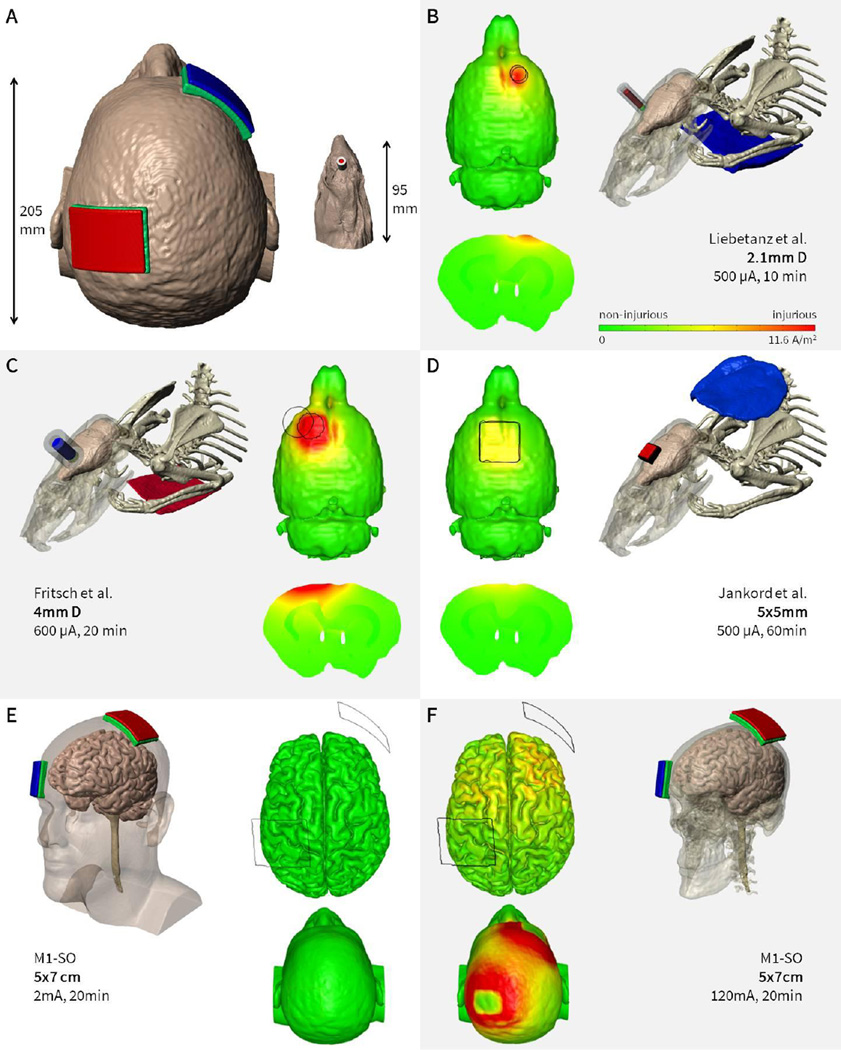Figure 3. Finite Element models comparing a common tDCS montage in human and three DCS montages in animal model.
Animal data indicates possible injury at electric field thresholds over an order of magnitude above those generated by conventional tDCS protocols. (A) The evident difference in gross anatomy between human and rat is considered in computational models based on high-resolution MRI. (B, C, D) Lesion threshold in rat brain as reported by three different groups using modestly varied methods. The predicted minimum induced current density for brain lesions ranged from 12, 17, 6.3 A/m2 (corresponding to electric fields of 42, 61, to 23 V/m) for the montages used by Liebetanz et al. (B) Fritsch et al (C) and Jankord et al. (D) respectively. In contrast to human tDCS, epicranial stimulation of the rat brain (stimulation applied over skull) resulted in higher cortical electric fields for the same input current, magnified by the smaller head anatomy. (E) Typical human tDCS driven by 2 mA at the electrodes resulted in 0.096 A/m2 (0.35 V/m) on the cortex. (F) To match the cortical lesion threshold found in Liebetanz et al., 120 mA would have to be applied in human. We note however that current density in the skin would be much higher than in the brain, such that skin injury would potentially manifest well before the risk of brain injury. (Simulations and data adopted from Liebetanz et al 2009, Frisch unpublished observations, Jankord unpublished observations, Truong unpublished observations).

